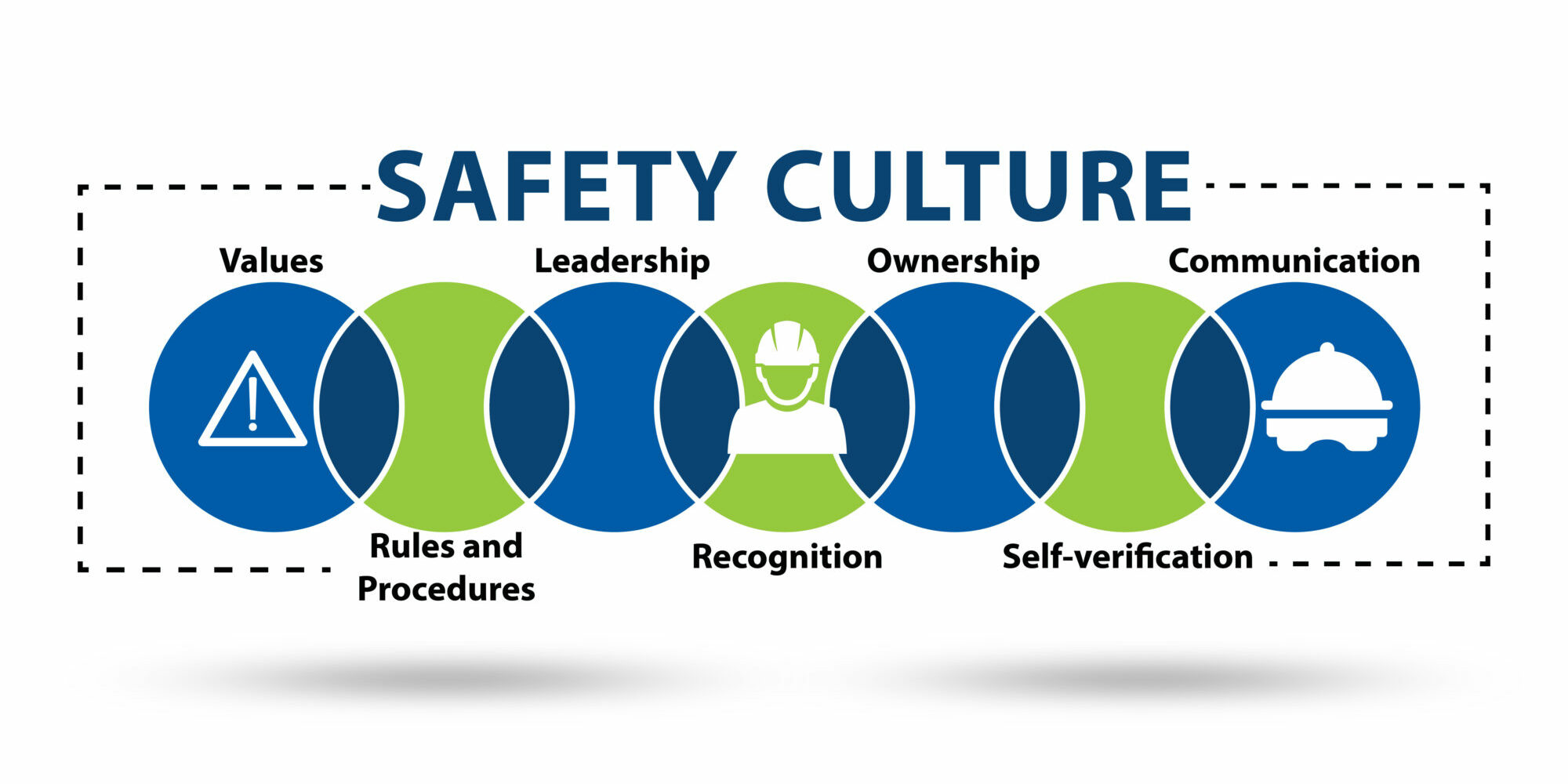Contributor: David Lynn, CSP
Have you ever asked the question, “What else can I do to improve our safety culture?” The answer may be in your next conversation. One of the most common safety weaknesses I see in organizations is a lack of management engagement with employees. As a general rule, leaders support safety wholeheartedly from the office, but they fail to gain the value of personal interaction with employees in a safety context. The result is that workers develop a lack of trust and frustration in management’s commitment to safety. At the same time, we ask, “What else can I do?” The remarkable solution is that we need to talk to people!
Management commitment is one of the most important elements you can evaluate in your program. Without management commitment to safety, a company cannot achieve best-in-class results. For an example, a typical corporate mission statement shows management commitment on paper but is the commitment translated to the workforce? If the safety commitment is not visible and consistent, it does not exist in the minds of workers.
To fill the gap between commitment on paper and commitment in reality, use a PEAK Engagement process. The simple PEAK acronym is an error prevention tool that raises situational awareness with a conversation. The initiative requires project managers, the staff, and other leaders to leave their meetings and walk onto projects and engage employees face to face. Commit to this engagement once a week using a PEAK Safe Dialogue format. The technique raises situational awareness with progressive questions about critical steps, potential errors, consequences, and controls. The PEAK Engagement provides a forum for all leaders to learn what workers deal with on a daily basis.
While gaining a better understanding of the risk with each step, leaders also developed a relationship with workers in a safety context.
The PEAK Engagement responsibilities included:
Once a week, the project manager, staff, and other leaders perform a PEAK Engagement.
Observe a specific operation and talk to a minimum of 2 people.
Use the PEAK Engagement tool as talking points.
Ask employees questions about planning, evaluations, anticipation, and controls:
• P – Plan critical steps of your job.
• E – Evaluate risk and worst-case scenarios
• A – Anticipate what you are most likely to make an error.
• K – Know your controls.
Document what you learn.
The intent for the PEAK Engagement is to:
1. Establish a relationship with your workforce in a safety context!
2. Make yourself HIGHLY visible with safety.
3. Talk to people about step-by-step safety in their work environment.
4. Learn something about the process.
5. Find a way to make an improvement.
6. Show support and take ownership of safety.
7. Make a difference in safety performance by engaging the workforce in a useful manner.
The intent for the PEAK Engagement is NOT to:
1. Develop a long “to do” list for the safety coordinator.
2. Pass off the safety responsibilities to others.
3. “Get in the weeds” with every little detail.
The value of the program was a visible demonstration of consistent safety commitment. Leaders develop relationships with employees in the PEAK Engagement forum and improvement follows.
To promote the program, adopt a strategic communication strategy. The first step is to train the participants on how to execute an effective PEAK Engagement. Communicate the intent of the program. The communication process includes 4 areas of focus. 1) Verbal Communications – Talk about PEAK Engagement in a variety of settings. 2) Visual Communications – Make the program visible everywhere you go in the plant. 3) Written Communications – Keep the message alive through documentation. 4) Informal Communications – Leverage the momentum of the program and create a “buzz” around PEAK Engagement.
The PEAK Engagement program drives success. The process develops habits that encourage leaders to approach people about safety. The systematic questions about steps, errors, consequences, and controls lead to a better understanding of the processes. The insight improves situational awareness and builds a stronger safety culture. The PEAK Engagement process is an example of how injury prevention can begin with a conversation.



